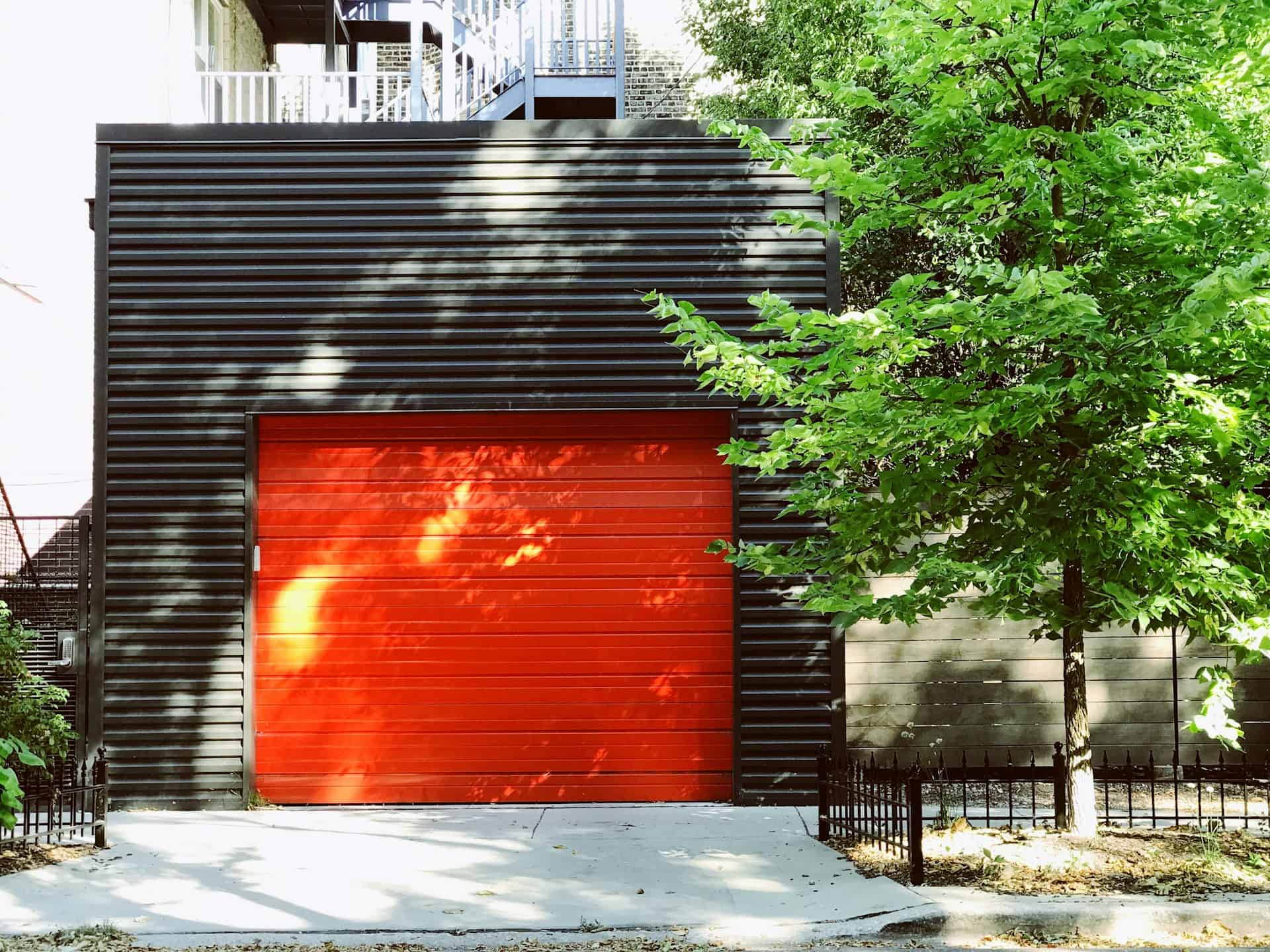The proper function of your garage door contributes to your security and convenience at home. Among the various components that guarantee smooth operation are the garage door sensors, which are responsible for detecting any obstacles in the door’s path. Learn how to align garage door sensors and why doing so is vital for your garage door’s performance and safety.
An Overview of Garage Door Sensors
Garage door sensors are devices installed at the base of a garage door, typically consisting of two components: a sending and a receiving unit. These sensors prevent the garage door from closing when an object or person is in its path, preventing damage to vehicles or other property and injuries to people.
How Garage Sensors Work
Garage door sensors work through a mechanism based on infrared technology. One sensor — the sending unit — emits a continuous beam of infrared light toward the other sensor, the receiving unit.
When the path between these two units is clear, the receiving unit detects the beam and allows the garage door to close. If an object, a person, or an animal interrupts the sending unit’s beam, the receiving unit fails to detect the signal and triggers the control systems to reverse the closing action.
Signs Your Garage Door Sensors Are Misaligned
The law requires all garage doors to have functional sensors. By “functional,” we also mean aligned. Garage door sensor alignment is the precise positioning of the sender and receiver sensors for proper communication. Here are signs your garage door sensors are out of alignment:
- Garage Door Fails To Close or Frequently Reverses: If your garage door only partially closes, doesn’t close at all, or frequently reverses, the receiving unit may not be detecting the infrared beam due to improper positioning.
- Inconsistent Operation: If your garage door works intermittently or only closes when you hold down the wall button, the misaligned sensors’ failing communication may be causing the erratic behavior.
- Blinking Indicator Lights: Garage door sensors have indicator lights that blink if something is preventing proper communication between the units.
How To Align Garage Door Sensors Step by Step
With misaligned sensors, your garage door system may think there’s an obstruction even when there isn’t or fail to detect an actual obstruction in its path. Either way, you’re likely to experience inconvenience and potentially hazardous scenarios. Follow the steps for aligning garage door sensors.
Step 1: Prepare the Tools
Aligning your garage door sensors requires tools that ensure a safe and efficient process. Prepare electric-resistant gloves, a screwdriver, a string, and a level, and bring them to the garage.
Step 2: Disconnect the Power
Locate the garage door opener’s power cord and unplug it from the outlet. Alternatively, you may find a switch or circuit breaker that controls the garage door opener; turn it off to prevent accidental activation while you work. Once you disconnect the power, you can confidently proceed to the next steps of aligning the sensors.
Step 3: Locate the Sensors
Garage door sensors are usually installed on each side of the garage door near the floor. They typically sit about six inches above the ground and face each other across the door’s opening.
Step 4: Check for Obstructions
Clear away any debris, dirt, or objects that might have accumulated near the sensors. Additionally, see if the sensors themselves are clean and free from dust or dirt.
Step 5: Loosen the Screws
Using a screwdriver, carefully loosen the screws that secure each sensor to its mounting bracket. Don’t remove the screws completely, as you want to keep the sensors attached while making adjustments.
Step 6: Shift the Mounting Bracket
Once the screws are loose, gently shift the mounting bracket of each sensor until they are aligned with each other. Take your time with this step to guarantee perfect alignment!
Step 7: Attach a String and Level
For precise alignment, use a string and a level. Stretch the string between the two sensors to help you visualize the correct alignment. Next, use a level to check the alignment of the sensors against the string. If one sensor is higher or lower than the other, adjust the mounting bracket until both sensors are level.
Step 8: Fasten the Mounting Bracket
Once you achieve proper alignment, carefully tighten the screws that you previously loosened. Make sure the sensors remain in place by applying just the right amount of pressure when fastening the screws — too tight may damage the sensor or mounting bracket, while too loose may cause misalignment over time.
Step 9: Turn the Power Back On
Flip the switch back to the “on” position or reset the circuit breaker. Once the power is restored, give the system a moment to initialize. Observe the sensors blinking or showing indicators that they are working.
Step 10: Test and Adjust
Initiate a test scenario to evaluate the sensors’ response and pay close attention to how each sensor reacts and whether they trigger correctly. Minor tweaks may be necessary to optimize performance.
Tips To Keep Your Garage Sensors Aligned
Your responsibility extends beyond learning how to align garage door sensors; you should also maintain that alignment. Here are some tips to keep in mind:
- Regular Inspections: Periodically check your garage door sensors to catch any misalignment before it causes issues.
- Clear Obstructions: Keep plants, debris, or other objects away, as they can interfere with functionality.
- Adjust for Environmental Changes: Extreme weather conditions can shift the positioning of the sensors. Check and adjust them as needed after severe weather events.
- Reinforce Mounting: If your garage experiences vibrations from vehicles or machinery, reinforce the mounting brackets to prevent shifting.
- Seek Professional Help if Needed: If you consistently experience alignment issues, you may need a professional consultation. Experts can assess the installation and suggest solutions you may not have considered.


